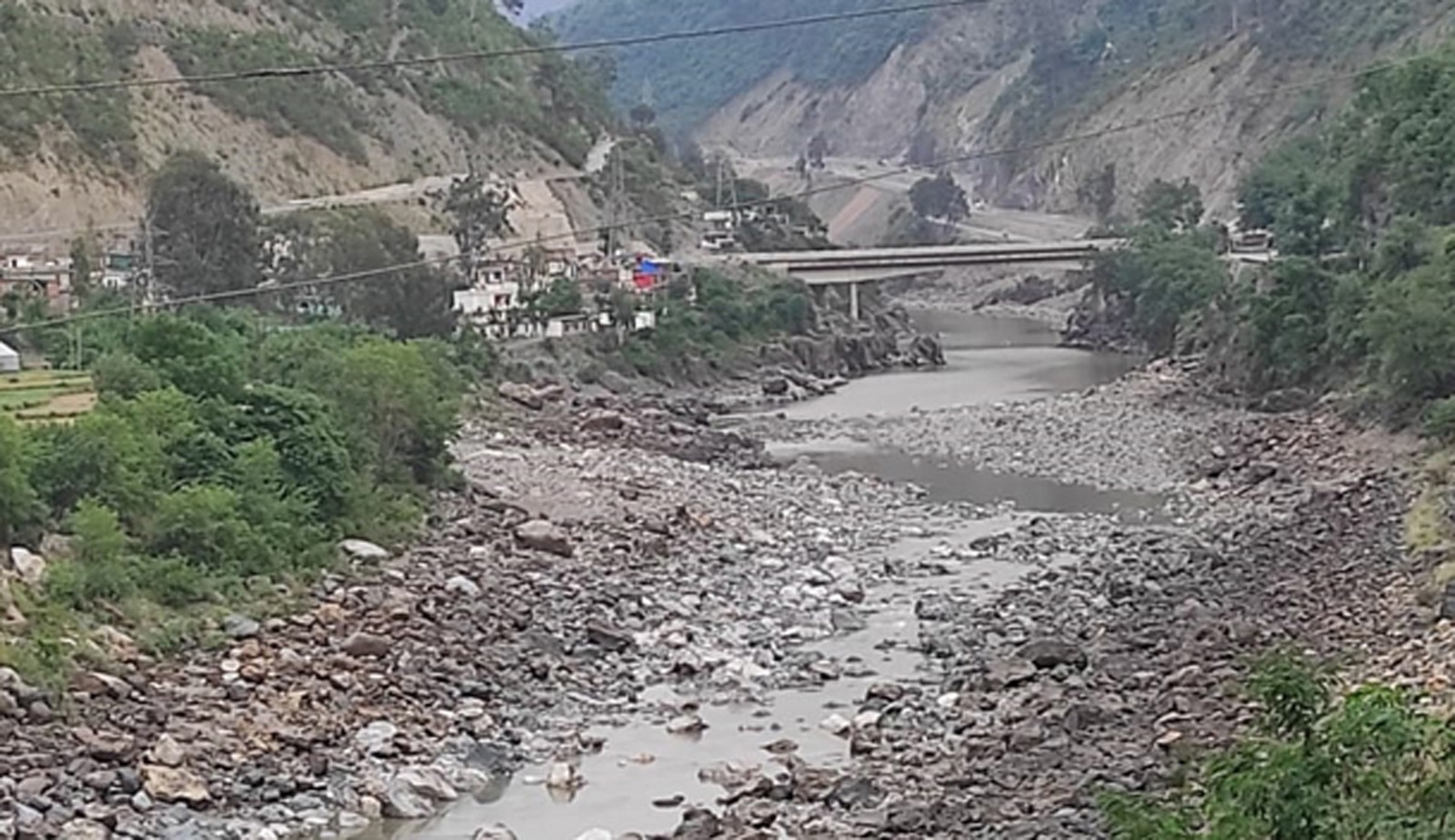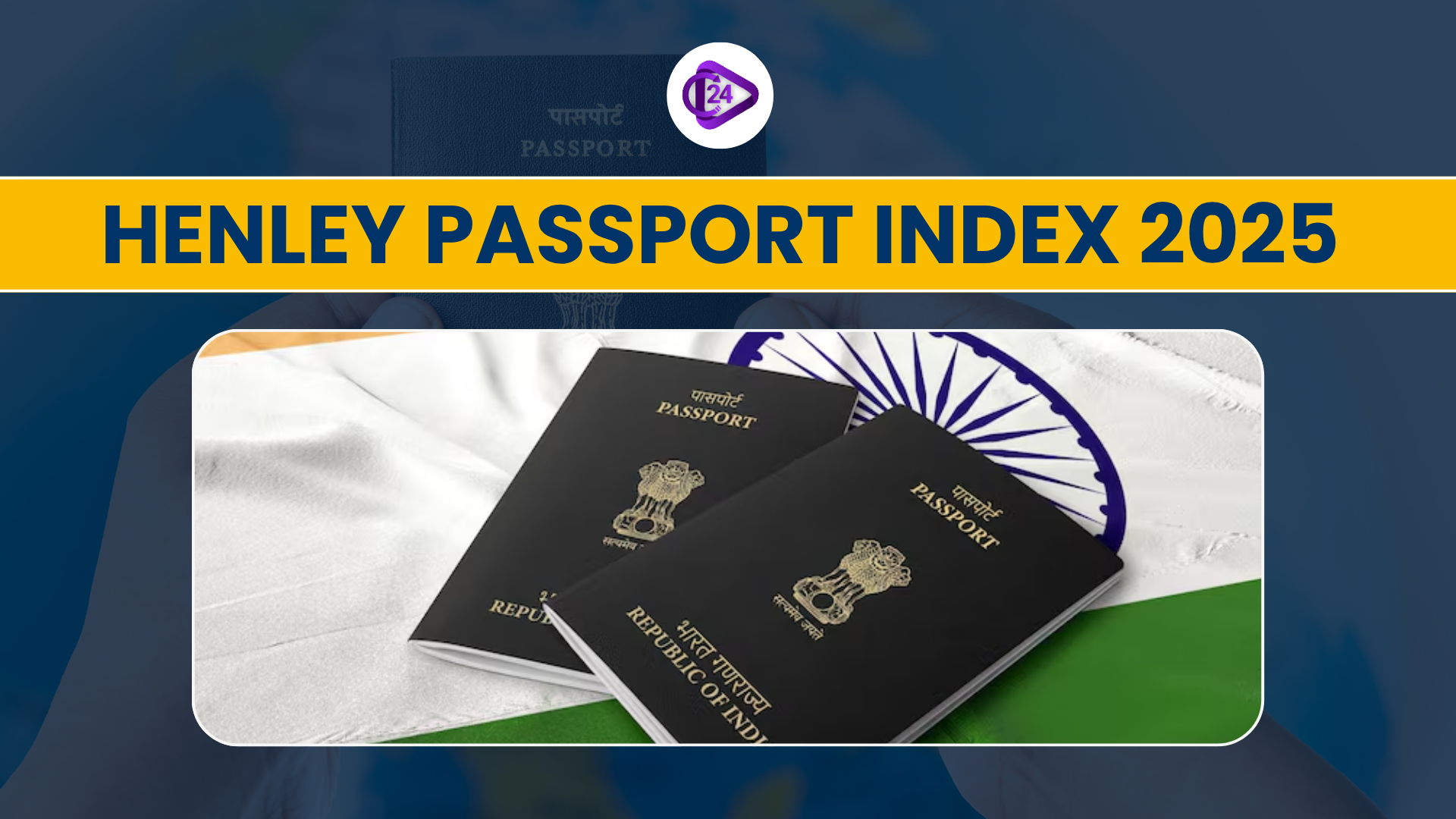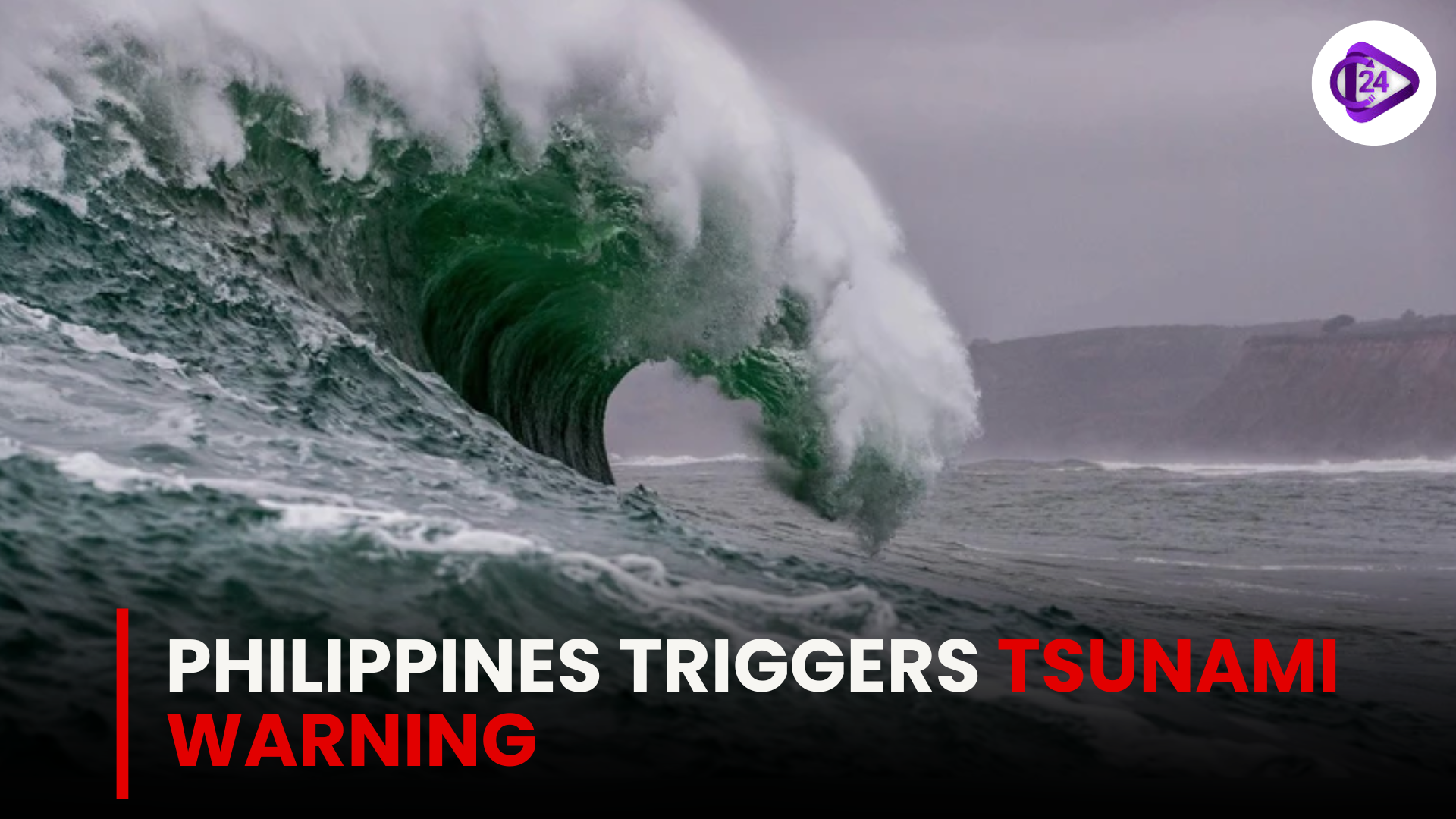
Water releases through the Chenab River became restricted at the Baglihar and Salal hydro-electric dam facilities within Jammu and Kashmir due to the Indus Waters Treaty suspension by India. The Chenab River belongs to the Indus river system and begins with the union of two rivers named Chandra and Bhaga in Himachal Pradesh before it moves through Jammu and Kashmir until it reaches its junction with the Sutlej River in Pakistan.
Context:
Chenab River Dispute and Water Restriction:
-
Indian authorities restricted Chenab river waters at both Baglihar and Salal hydro-electric facilities in Jammu and Kashmir territory following the Indus Waters Treaty suspension.
-
The Chenab River belongs to the Indus river system before it enters the Pakistani territory.
About Chenab River:
-
Origin: Formed by the confluence of two rivers, Chandra and Bhaga, at Tandi in the Lahaul and Spiti district of Himachal Pradesh.
-
Flow: From its upstream section as Chandra-Bhaga the watercourse continues as Chenab into the river channel.
-
Course: The Jammu region of Kashmir receives water from the river which unites with Sutlej River to stream as Panjnad before ending at Mithankot in Pakistan.
-
Tributaries:
-
Right Bank: Marusudar (largest tributary), Miyar Nalla, Bhut Nalla, and Kalnai.
-
Left Bank: Niru, Tawi, Neeru, and Lidrar.
-
-
Major Hydroelectric Projects on Chenab River:
-
Salal Hydroelectric Project (at Reasi),
-
Baglihar Hydroelectric Power Project (at Ramban),
-
Dul Hasti Hydroelectric Plant (Kishtwar district),
-
Ratle Hydroelectric Plant (Drabshalla in the Kishtwar district).
-
Conclusion
Under current tensions related to treaty cancellation the administration of Chenab River water flow stands as a major development in India's continuous dispute with Pakistan. The strategic value and economic significance of the Chenab River for both countries demonstrates why this action reveals intricate dimensions of how water management affects relations between nations.



 Henley Passport Index 2025: Singapore Tops, India Rank 85
Henley Passport Index 2025: Singapore Tops, India Rank 85 Palau Hosts World’s First Live Underwater Interview: A Historic Event
Palau Hosts World’s First Live Underwater Interview: A Historic Event First Indian Mrs Universe 2025: Sherry Singh’s Inspiring Journey and Triumph
First Indian Mrs Universe 2025: Sherry Singh’s Inspiring Journey and Triumph India Promotes PM-KUSUM Solar Scheme to Boost Africa’s Renewable Energy Goals
India Promotes PM-KUSUM Solar Scheme to Boost Africa’s Renewable Energy Goals Hungarian Author László Krasznahorkai Wins 2025 Nobel Prize in Literature
Hungarian Author László Krasznahorkai Wins 2025 Nobel Prize in Literature Philippines Earthquake Triggers Tsunami Warning: Coastal Areas Urged to Evacuate
Philippines Earthquake Triggers Tsunami Warning: Coastal Areas Urged to Evacuate Starmer arrives in India with a large business delegation in tow
Starmer arrives in India with a large business delegation in tow Nobel Prize in Physics 2025 Awarded to Three Leading Researchers
Nobel Prize in Physics 2025 Awarded to Three Leading Researchers Physiology & Medicine Nobel 2025: Winners, Discoveries, and Significance Explained
Physiology & Medicine Nobel 2025: Winners, Discoveries, and Significance Explained World Cotton Day 2025: International Awareness About Cotton and Its Benefits
World Cotton Day 2025: International Awareness About Cotton and Its Benefits






